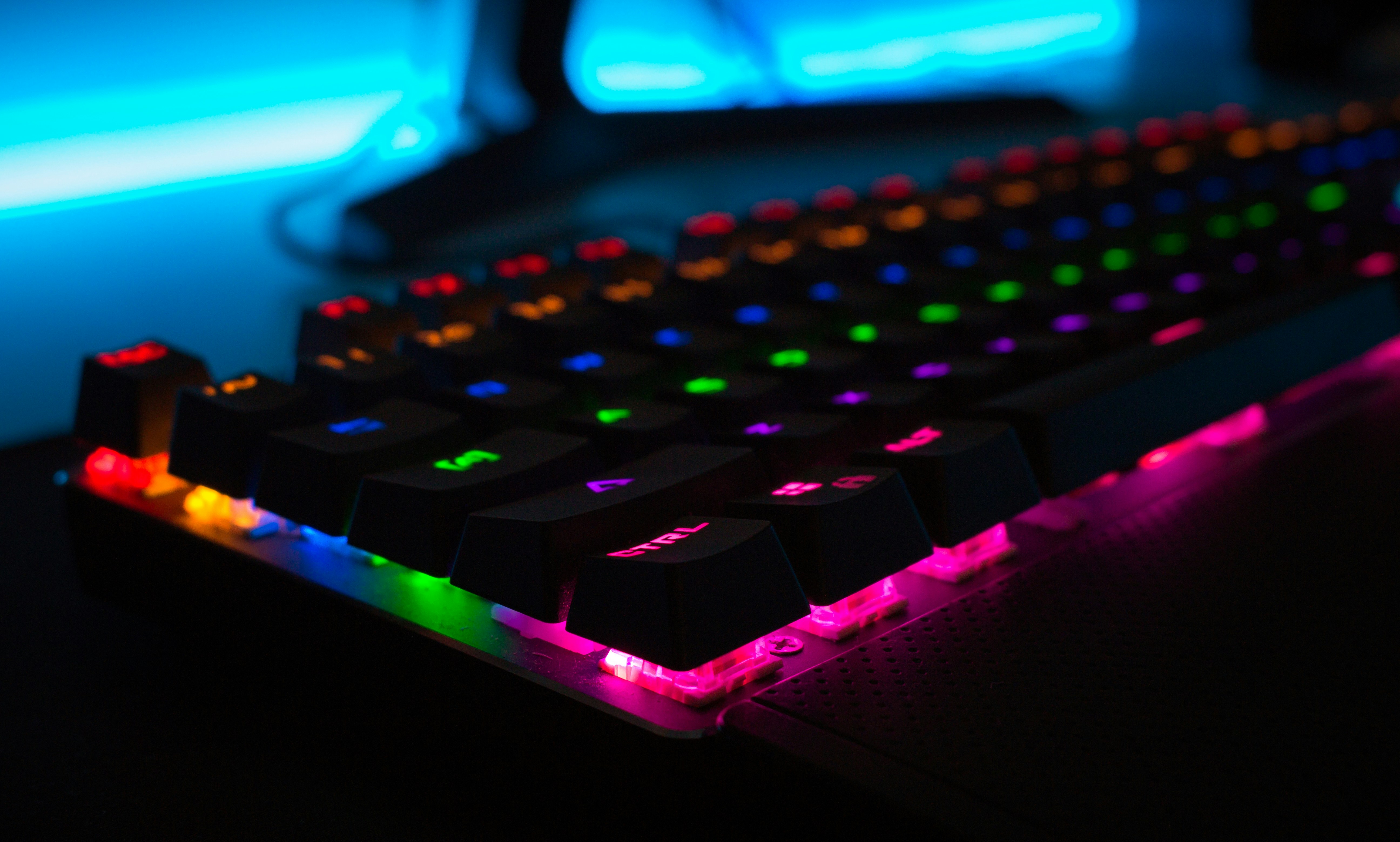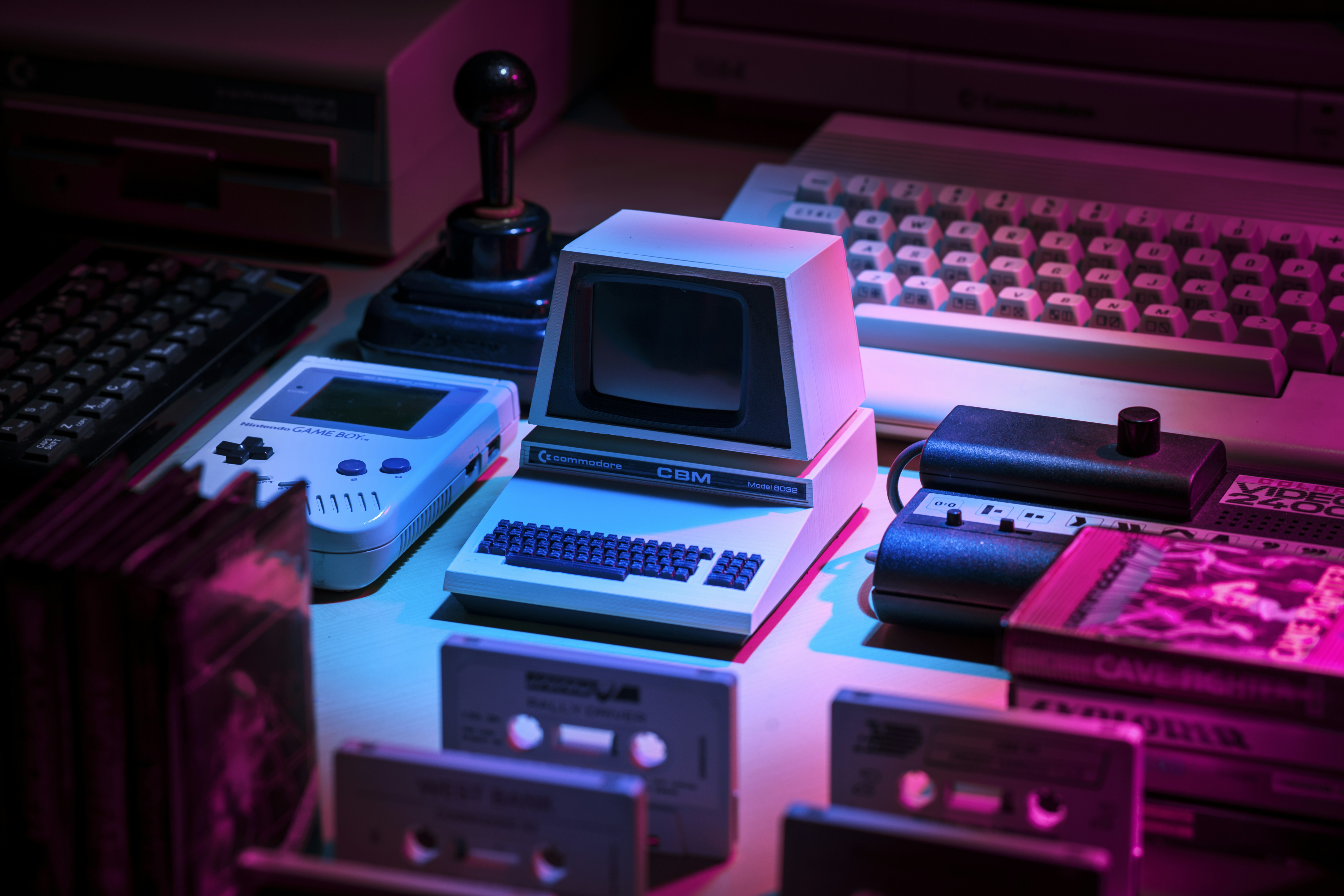Sonic Rumble waited 18 months to launch. After disappearing from public consciousness for over a year with barely any communication from SEGA or Rovio Entertainment, the chaotic 32-player party battle royale finally arrived on November 5, 2025. The gaming community’s response was swift and brutal. Within hours, Steam reviews plummeted to 36 percent “Mostly Negative,” with players calling the game everything from “predatory” to “a microtransaction nightmare.” The wait wasn’t the problem. The game that arrived at the end of that wait absolutely was.
What Sonic Rumble Actually Is
Let’s start with what works: Sonic Rumble is conceptually a solid idea. It’s a free-to-play multiplayer party game featuring up to 32 players competing in three elimination rounds to collect the most rings. You start with potentially 32 competitors, the field gets cut in half after each round, and the survivor wins. It sounds like Fall Guys but Sonic-themed, and honestly, that’s exactly what it is. There are also Co-Op Battles where you team up to defeat bosses, Special Rumble events for variety, and it’s available on PC, iOS, and Android.
The game features dozens of Sonic characters including Shadow, Knuckles, Tails, Amy, Rouge, Vector, Big the Cat, and Dr. Eggman. The music is genuinely excellent – jazzy renditions of iconic Sonic tracks that reviewers specifically called out as one of the game’s few bright spots. If the monetization was reasonable, Sonic Rumble could work as a fun, free 15-minute distraction.
But the monetization isn’t reasonable. Not even close.
The Monetization That Broke the Game’s Reception
Sonic Rumble’s Steam reviews are almost universally angry about one thing: money. Specifically, how desperately the game wants yours. Players report that character skins cost between $40 and $60. Not for multiple skins. Per skin. That’s console game pricing for cosmetics in a free-to-play mobile game.
But wait, there’s more. The game features not one but two simultaneous battle passes – an Event Pass and a Season Pass. Both aggressively push themselves at you after every single match. There’s also a subscription service layered on top of everything. Gacha mechanics for pulling rare skins. Paid currency with a predatory exchange rate designed to make prices feel cheaper than they actually are. Skill upgrades that you can buy to level up faster, creating subtle pay-to-win mechanics.
One Steam reviewer, RockBN, summed it up perfectly: “It charges over $40-60 for skins, multiple simultaneous paid battle passes, gacha rolls, subscription service, tedious grinds seen in other mobile games like farming fragments of a rare/premium skin/character.” Another reviewer, haunter, reported encountering players using Metal Sonic skins that allegedly grant massive ring multiplier bonuses, directly creating gameplay imbalances for paying players.
This isn’t cosmetics-only monetization. This is predatory monetization that spans cosmetics, progression speed, gameplay advantages, and ongoing subscriptions stacked on top of each other.

The Design Issues Beyond Money
If Sonic Rumble only had a monetization problem, maybe it could survive harsh reviews and quietly accumulate players. But the game has actual design problems that money can’t fix. Kotaku’s review, which tested the game thoroughly, described it as “the most blatant Fall Guys knock-off” but substantially worse in almost every way that matters.
The level design is described as chaotic in all the wrong ways – not challenging chaos, but confused visual noise where you can’t actually see what’s happening. The courses feel incoherent, making them feel pointless rather than fun. Half the time, control is stripped from you completely as you’re flung along Sonic-themed pipes and loop-the-loops, removing agency. When you do have control, the character movement feels leaden and unresponsive for a game built around a franchise famous for speed and momentum.
Fall Guys succeeded because its courses were visually coherent and actually fun to navigate. Sonic Rumble feels like someone took Fall Guys’ skeleton and forgot to make any of the individual systems work together. The result is a game where you’re not sure if you failed because the design was bad or because you messed up.
The Delays Made Everything Worse
Sonic Rumble was originally scheduled for May 2024. It got delayed to May 2025. Then it kept getting delayed again with minimal communication from SEGA or Rovio. That 18-month wait created enormous anticipation and equally enormous backlash when the game arrived in a disappointing state. Players who waited a year and a half got a game that felt half-baked, aggressively monetized, and fundamentally less fun than its obvious inspiration.
Some of that review bombing is pure frustration over the delays. One reviewer noted: “Delays game by a year with zero communication from devs for several months at some points.” That communication vacuum made things worse. Players weren’t just disappointed in the game – they were disappointed because they’d been ignored for 18 months, kept in the dark about why the game kept missing launch windows.
Had Sonic Rumble launched in May 2024 in this state, it would have been a disappointment. Launching after 18 months of silence and delays? It feels like betrayal.
The Rare Positive Reviews Get Drowned Out
Not every review is negative. A few players noted that if you ignore the monetization and just play the game casually, there’s actual fun to be had. Pocket Tactics called it “chaotic fun” despite being “a bit repetitive.” One Steam reviewer with the handle NazTGP wrote: “I see a LOT of misinformation regarding this game, so I’m writing this to clear things up as a person who’s been playing for months.” Game8 gave it a 64/100, acknowledging the gameplay can be enjoyable for “a simple party battle royale that doesn’t take too long or overstay.”
The problem is these positive voices are completely drowned out by 67 percent negative reviews. Even if you think Sonic Rumble has merit, the monetization is so egregious that most players will never get far enough into the game to discover whatever fun exists beneath the predatory systems. By the third time a battle pass advertisement pops up after completing a match, many players have already uninstalled.
What SEGA Could Have Done Differently
The fundamental problem is that Sonic Rumble feels designed by committee, with each department (monetization, gameplay, cosmetics, progression) fighting against the others rather than working together. SEGA could have shipped this exact game with a reasonable monetization model – cosmetics-only at reasonable prices, a single optional battle pass, no gacha mechanics, no subscription service – and received an entirely different reaction.
The gameplay isn’t so broken that it’s unplayable. It’s just not very good, which a polished experience with consumer-friendly pricing could have overcome. Instead, SEGA decided to extract maximum revenue from a mediocre game, resulting in a game that feels like it hates its own players.
It’s a self-fulfilling prophecy. Make an okay game and monetize it reasonably, and you build a community that generates positive word-of-mouth. Make an okay game and monetize it aggressively, and you get 36 percent Steam reviews and justifiable anger from players.
FAQs
How bad are Sonic Rumble’s reviews?
Sonic Rumble has a 36 percent “Mostly Negative” rating on Steam with roughly 680+ reviews as of November 5, 2025. About 67 percent of reviews are negative, and the consensus is overwhelmingly critical of monetization and game design.
What is Sonic Rumble?
Sonic Rumble is a free-to-play 32-player party battle royale game where players compete in three elimination rounds to collect the most rings. It’s available on PC, iOS, and Android and features numerous Sonic characters and cosmetics.
Why are players angry about the monetization?
Players report character skins cost $40-60 each. On top of that, there are two simultaneous battle passes, a subscription service, gacha mechanics, and pay-to-upgrade skills. Some cosmetics reportedly grant gameplay advantages like ring multipliers.
What was the original release date?
Sonic Rumble was originally scheduled for May 2024. It was delayed multiple times with minimal communication before finally launching on November 5, 2025, an 18-month delay from the original date.
Is the game pay-to-win?
Not directly, but there are concerns. Some cosmetics are reported to grant gameplay bonuses, and you can buy skill upgrades to progress faster than free players. Most criticism centers on predatory cosmetic pricing rather than hard pay-to-win mechanics.
What did reviewers say about gameplay?
Kotaku described it as “the most blatant Fall Guys knock-off” but substantially worse. Issues include confusing level design, leaden character movement, and chaotic courses that feel incoherent rather than fun.
Is there anything good about Sonic Rumble?
The music is genuinely excellent, featuring jazzy renditions of iconic Sonic tracks. Some players find chaotic fun in the 32-player gameplay. A few reviewers note that casual play can be enjoyable if you ignore monetization.
Who developed Sonic Rumble?
Sonic Rumble was developed by Rovio Entertainment and published by SEGA. Rovio is known for Angry Birds, so the free-to-play monetization experience makes sense in retrospect.
Is Sonic Rumble worth playing?
If you can ignore the aggressive monetization and uncomfortable UX, the core 32-player party gameplay has some chaotic fun. However, most players will bounce off before discovering that fun because the monetization systems are so aggressively pushed.
Could Sonic Rumble have succeeded?
Absolutely. The same game with cosmetics-only reasonable pricing, a single optional battle pass, and no gacha/subscription mechanics probably would have received mixed or positive reviews. Reasonable monetization would have allowed the actual gameplay quality to be judged more fairly.
Conclusion
Sonic Rumble’s “Mostly Negative” Steam reviews are a tragedy in two acts. Act one: SEGA and Rovio Entertainment spent 18 months developing a game that isn’t very good. Act two: they decided to squeeze maximum monetization from that mediocre game instead of pricing it reasonably to attract and retain players. The result is a cautionary tale about greedy free-to-play monetization combined with 18 months of silence creating a perfect storm of disappointment. The game isn’t broken enough to be unplayable, but it’s not good enough to overcome the predatory monetization and poor design. In a genre where excellent alternatives exist for free with reasonable pricing, Sonic Rumble had to be genuinely special to succeed. It isn’t. And now it probably never will be.

